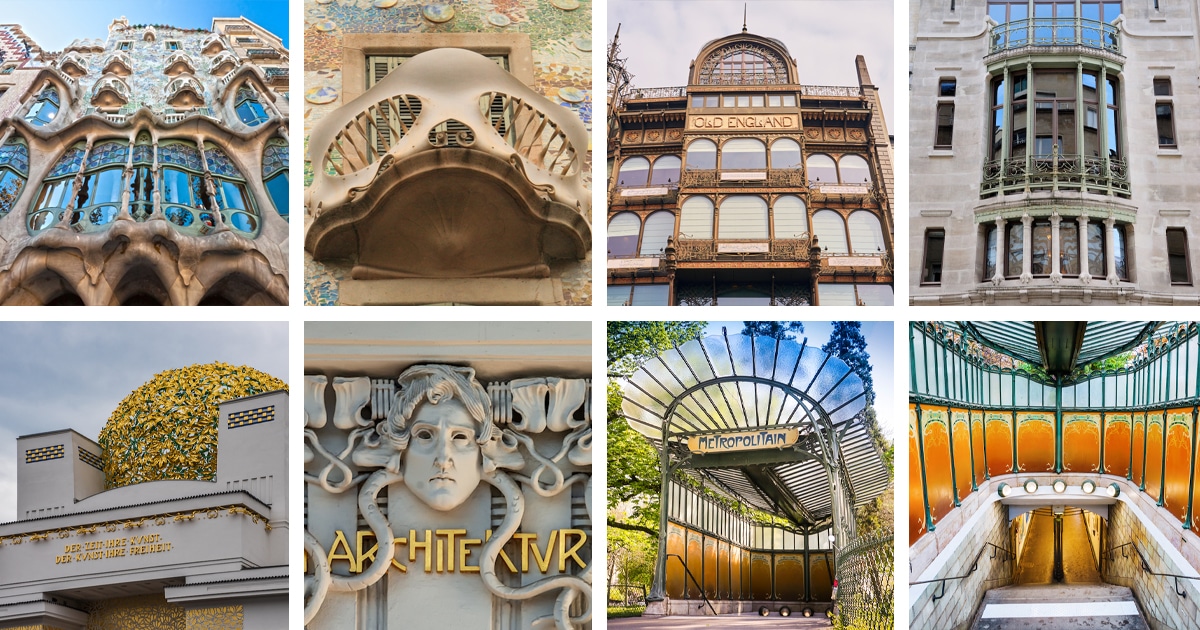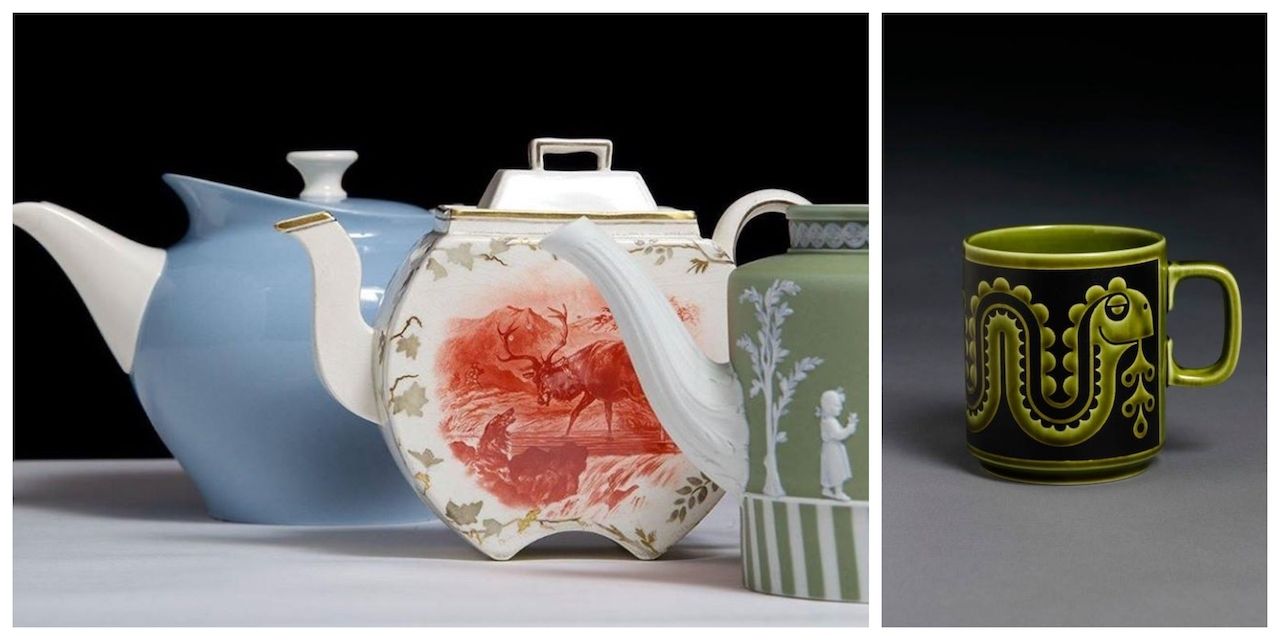In a world increasingly dominated by perfectionism, sleek minimalism, and digital precision, the Japanese philosophy of wabi sabi visual design style offers a refreshing perspective. Rooted in Zen Buddhism, wabi-sabi celebrates the beauty of imperfection, impermanence, and the natural world. It encourages us to find elegance in the flawed, the weathered, and the incomplete. While traditionally applied to art, architecture, and lifestyle, wabi-sabi has profound implications for visual design. In this article, we’ll explore how to embrace wabi sabi visual design style, creating visuals that resonate with authenticity, simplicity, and emotional depth.
Understanding Wabi-Sabi: A Brief Overview
Before diving into its application in design, it’s essential to understand the core principles of wabi sabi visual design style. The term itself is challenging to define precisely, as it encompasses a worldview rather than a rigid set of rules. At its heart, wabi-sabi is about:
- Imperfection: Finding beauty in flaws, cracks, and irregularities.
- Impermanence: Accepting the transient nature of life and design.
- Simplicity: Embracing minimalism and natural forms.
- Authenticity: Valuing the genuine over the artificial or overly polished.
Wabi sabi visual design style is not about creating chaos or carelessness; it’s about intentionality. It’s about designing with a sense of humility and respect for the natural world, allowing the inherent qualities of materials and ideas to shine through.
Why Wabi-Sabi Matters in Visual Design
In today’s fast-paced, digitally-driven world, visual design often prioritizes perfection. High-resolution images, pixel-perfect layouts, and flawless typography dominate the landscape. While these elements have their place, they can sometimes feel sterile or impersonal. Wabi sabi visual design style offers a counterbalance, inviting designers to create work that feels more human, relatable, and emotionally resonant.
By incorporating wabi sabi visual design style principles, designers can:
- Foster emotional connections: Imperfections and natural textures can evoke warmth and nostalgia.
- Stand out in a crowded market: In a sea of polished designs, wabi-sabi aesthetics can feel fresh and unexpected.
- Promote sustainability: Wabi-sabi encourages the use of natural materials and a focus on longevity over disposability.
How to Embrace Wabi-Sabi in Visual Design
Now that we’ve established the importance of wabi-sabi, let’s explore practical ways to incorporate it into your visual design work.
1. Embrace Imperfection
One of the core tenets of wabi sabi visual design style is the celebration of imperfection. In design, this can manifest in several ways:
- Hand-drawn elements: Instead of relying solely on digital tools, incorporate hand-drawn illustrations, typography, or textures. These elements add a human touch and a sense of uniqueness.
- Asymmetry: Avoid rigid grids and perfect symmetry. Experiment with layouts that feel organic and unbalanced, yet harmonious.
- Visible textures: Use textures that show wear and tear, such as distressed paper, cracked paint, or weathered wood. These textures tell a story and add depth to your designs.
For example, a poster design might feature uneven brushstrokes or a logo with slightly irregular lines, giving it a handmade, artisanal feel.
2. Use Natural Materials and Colors
Wabi sabi visual design style draws inspiration from nature, so incorporating natural materials and colors is key. In digital design, this might mean:
- Earthy color palettes: Opt for muted, earthy tones like beige, moss green, clay red, and slate gray. These colors evoke a sense of calm and connection to the natural world.
- Organic shapes: Replace sharp, geometric shapes with softer, more irregular forms that mimic those found in nature.
- Natural textures: Use textures like linen, stone, or wood grain to add warmth and tactility to your designs.
For instance, a website design might feature a background that resembles handmade paper, complete with subtle imperfections and a warm, off-white hue.
3. Focus on Simplicity
Wabi-sabi is deeply rooted in minimalism, but it’s a different kind of minimalism than the sleek, ultra-modern style often seen in design. Instead, wabi sabi visual design style minimalism is about stripping away the unnecessary to reveal the essence of an object or idea.
- Negative space: Use ample white (or negative) space to create a sense of calm and focus.
- Limited elements: Avoid clutter by including only what’s essential. Each element should serve a purpose and contribute to the overall harmony of the design.
- Subtle details: Instead of bold, attention-grabbing elements, opt for subtle details that reveal themselves over time. For example, a logo might feature a hidden detail that only becomes apparent upon closer inspection.
A great example of this principle in action is the branding for a small coffee shop. The logo might be simple and understated, with a muted color palette and a subtle texture that evokes the feeling of handcrafted ceramics.
4. Celebrate Transience and Aging
Wabi-sabi acknowledges the beauty of aging and the passage of time. In design, this can be reflected through:
- Vintage aesthetics: Incorporate elements that feel timeless or nostalgic, such as faded photographs, retro typography, or antique patterns.
- Patina effects: Use design techniques that mimic the look of aged materials, such as tarnished metal or weathered wood.
- Dynamic designs: Create designs that change over time, such as a website that ages visually as the user interacts with it or a poster that fades when exposed to sunlight.
For example, a packaging design for a skincare product might feature a label that looks like it’s been aged naturally, with slight discoloration and a matte finish.
5. Prioritize Authenticity
In a world of filters and digital enhancements, authenticity is a rare and valuable quality. Wabi-sabi encourages designers to embrace the genuine and the real.
- Real photography: Use photographs that feel candid and unposed, rather than overly staged or retouched.
- Honest storytelling: Let the design tell a story that feels true to the brand or product. Avoid gimmicks or trends that don’t align with the core message.
- Sustainable practices: Choose materials and processes that are environmentally friendly and ethically sourced, reflecting a respect for the natural world.
For instance, a brand promoting sustainable fashion might use raw, unedited images of its clothing, showcasing the natural textures and imperfections of the fabric.
Challenges of Incorporating Wabi-Sabi in Design
While wabi sabi visual design style offers many benefits, it’s not without its challenges. Designers may struggle to balance imperfection with professionalism or worry that their work will appear unfinished or unpolished. Additionally, clients accustomed to more traditional, polished aesthetics may need convincing to embrace a wabi-sabi approach.
To overcome these challenges:
- Educate clients: Explain the philosophy behind wabi-sabi and how it can benefit their brand or project.
- Start small: Incorporate wabi-sabi elements gradually, rather than overhauling an entire design system at once.
- Focus on intention: Ensure that every design choice is deliberate and aligns with the overall vision.
Conclusion
In a world that often prioritizes speed, efficiency, and perfection, wabi sabi visual design style reminds us to slow down and appreciate the beauty of the imperfect and the transient. By embracing wabi-sabi in visual design, we can create work that feels more authentic, emotionally resonant, and connected to the natural world.
Whether you’re designing a website, a logo, or a packaging system, consider how the principles of wabi-sabi can enhance your work. Embrace imperfection, celebrate simplicity, and prioritize authenticity. In doing so, you’ll not only create visually compelling designs but also contribute to a more mindful and sustainable approach to creativity.
Wabi-sabi is more than just an aesthetic; it’s a way of seeing and being in the world. By integrating its principles into your design practice, you can create work that speaks to the heart and stands the test of time.




